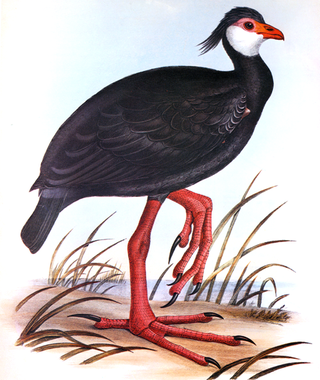
George Robert Gray was an English zoologist and author, and head of the ornithological section of the British Museum, now the Natural History Museum, in London for forty-one years. He was the younger brother of the zoologist John Edward Gray and the son of the botanist Samuel Frederick Gray.

Dru Drury was a British collector of natural history specimens and an entomologist. He received specimens collected from across the world through a network of ship's officers and collectors including Henry Smeathman. His collections were utilized by many entomologists of his time to describe and name new species and he is best known for his book Illustrations of natural history which includes the names and descriptions of many insects, published in parts from 1770 to 1782 with most of the copperplate engravings done by Moses Harris.

James Francis Stephens was an English entomologist and naturalist. He is known for his 12 volume Illustrations of British Entomology (1846) and the Manual of British Beetles (1839).

William Kirby was an English entomologist, an original member of the Linnean Society and a Fellow of the Royal Society, as well as a country rector, so that he was an eminent example of the "parson-naturalist". The four-volume Introduction to Entomology, co-written with William Spence, was widely influential.
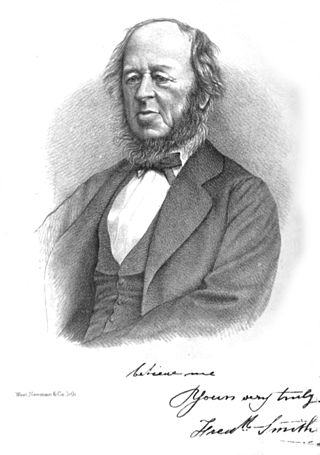
Frederick Smith was a British entomologist who worked at the zoology department of the British Museum from 1849, specialising in the Hymenoptera.

Benjamin Dann Walsh was an English-born American entomologist who served as the first official state entomologist in Illinois. He was a leading influence during a time of significant transition in American entomology. Walsh championed the application of scientific methods to control agricultural pests. He was a proponent of biological control as an effective means to manage insects. He was also one of the first American scientists to support Charles Darwin's theory of evolution and was instrumental in securing its broad acceptance in the entomological community.
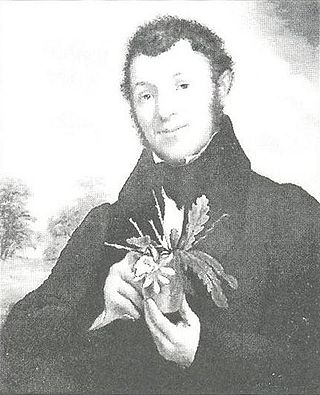
Adrian Hardy Haworth was an English entomologist, botanist and carcinologist.
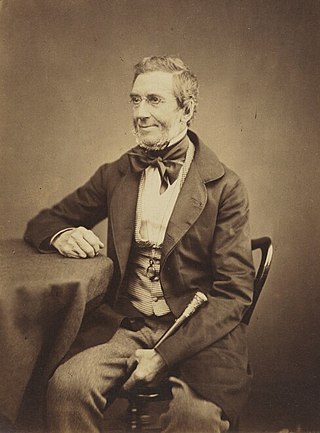
John Curtis was an English entomologist and illustrator.

Francis Walker was an English entomologist. He was born in Southgate, London, on 31 July 1809 and died at Wanstead, England on 5 October 1874. He was one of the most prolific authors in entomology, and stirred controversy during his later life as his publications resulted in a huge number of junior synonyms. However, his assiduous work on the collections of the British Museum had great significance.

Alexander Henry Haliday was an Irish entomologist. He is primarily known for his work on Hymenoptera, Diptera, and Thysanoptera, but worked on all insect orders and on many aspects of entomology.
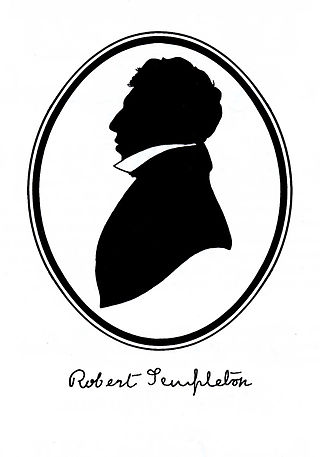
Robert Templeton was a naturalist, artist, and entomologist, and was born at Cranmore House, Belfast, Ireland.

The Royal Entomological Society is devoted to the study of insects. Its aims are to disseminate information about insects and improving communication between entomologists.
Entomology, the study of insects, progressed between 1800 and 1850, with the publication of important texts, definition of new orders such as Aphaniptera and Strepsiptera, and the shift to specialization. The following timeline indicates significant events in entymology in this time period.
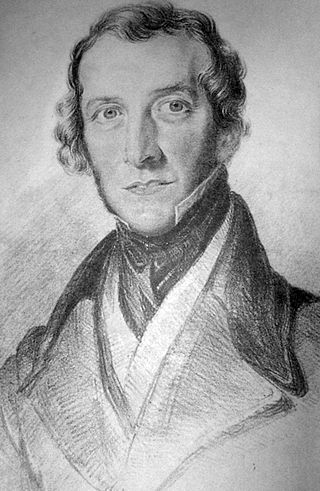
Frederick William Hope was an English clergyman, naturalist, collector, and entomologist, who founded a professorship at the University of Oxford to which he gave his entire collections of insects in 1849. He described numerous species and was a founder of the Entomological Society of London in 1833 along with John Obadiah Westwood.

Sir Edward Bagnall Poulton, FRS HFRSE FLS was a British evolutionary biologist, a lifelong advocate of natural selection through a period in which many scientists such as Reginald Punnett doubted its importance. He invented the term sympatric for evolution of species in the same place, and in his book The Colours of Animals (1890) was the first to recognise frequency-dependent selection. Poulton is also remembered for his pioneering work on animal coloration. He is credited with inventing the term aposematism for warning coloration, as well as for his experiments on 'protective coloration' (camouflage). Poulton became Hope Professor of Zoology at the University of Oxford in 1893.

Adam White was a Scottish zoologist.

Monographia Chalciditum by Francis Walker, published in two volumes in 1839, was a founding work of entomology, introducing new genera of chalcidoid Hymenoptera later to be ranked as families. The work is a compilation of descriptions published in the Entomological Magazine. In its preparation Walker used descriptions provided by the Irish entomologist Alexander Henry Haliday.
Frederic John Sidney Parry was an English entomologist who specialised in Coleoptera, principally Lucanidae.

The Entomological Magazine was a publication devoted to entomology.

Thomas Norris FRAS was an English businessman, art collector, natural historian and astronomer, born at Croston in Lancashire. Joining the Bury firm of Peel, Yates and Co. as a book-keeper at the age of twenty, he eventually became a partner and amassed a considerable fortune from its success in the textile and calico-printing businesses. Amongst his partners at the firm was the businessman and politician Sir Robert Peel, whose son, also named Sir Robert Peel, served twice as Prime Minister of the United Kingdom. Norris was reputedly a regular and welcome visitor at the latter's home in Whitehall Gardens.



















